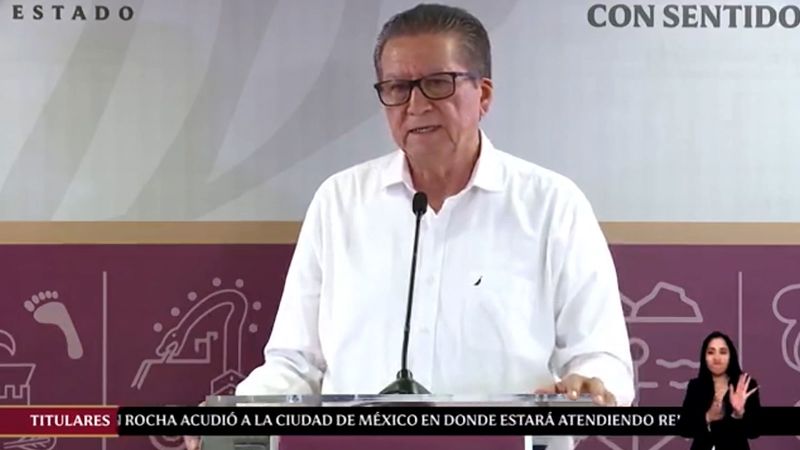
From E&E news (Senators eye ‘CHIPS 2.0’ as vehicle for carbon tariff):
As senators from both parties seek a pathway for advancing a bill imposing carbon tariffs, a potentially viable vehicle has emerged: a nascent legislative package to boost U.S. competitiveness against China.
Senate Democrats announced last week they want to write a follow-up to last year’s bipartisan CHIPS and Science Act with the help of Republicans, opening the door to a rare opportunity this Congress to craft and even pass legislation that would have support from each side of the aisle.
Critically, the scope of “CHIPS and Science 2.0,” as some are calling it, would also likely lend itself to the inclusion of language to institute a carbon border adjustment mechanism, or CBAM — an emissions reduction concept that is gaining support across the political spectrum. Many advocates see the effort as key to fighting global emissions while at the same time punishing foreign adversarives like China. …
Lawmakers would also have to resolve significant disagreement over whether putting a domestic price on carbon is necessary for achieving a CBAM that deals with international behavior surrounding emissions.
Some advocates say a domestic carbon fee is a necessary step to ensure a CBAM’s enforceability by the World Trade Organization. Others, including Coons, are currently willing to risk running afoul of the WTO by leaving that component out of their proposals to make their ideas more politically palatable.
On April 19 I wrote:
Of all the types of protectionism that are trending (e.g., here, here), this one might not be so bad.
So, why is that? Well, regular tariffs might be designed to protect domestic industry. They do that but the cost, in terms of higher prices and lost consumer surplus, outweigh the benefits. The cost of steel tariffs might be about $900,000 for each steel job protected. The same type of calculation would be at work with tariffs aimed at imports that generate more GHGs than products made domestically but there is the added benefit of reducing GHGs. If both the U.S. and Europe imposed these tariffs then it would elevate climate policy in both places and the tariff rate would effectively be zero. At least, that is the result in my simple trade model.








